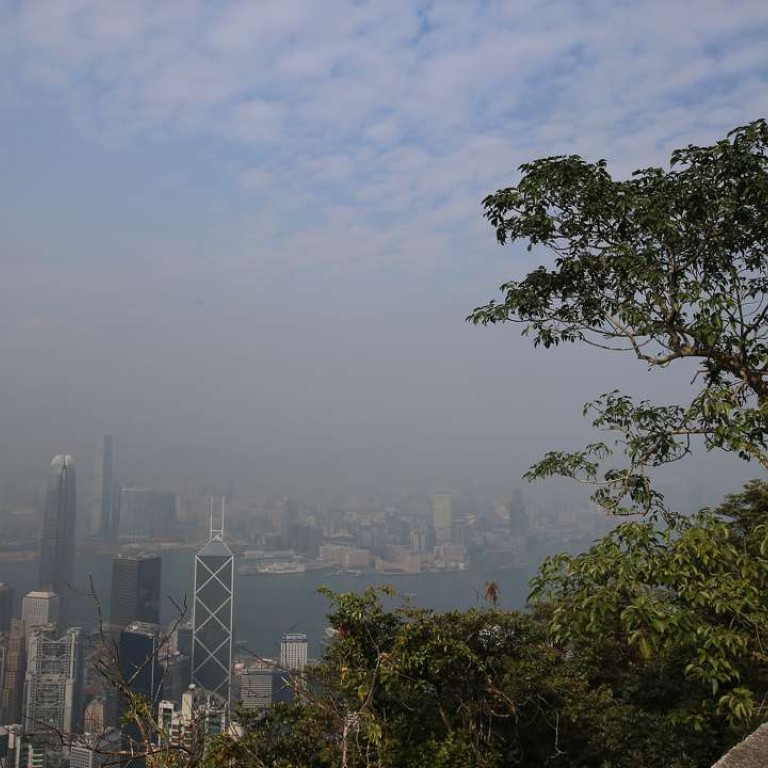
More effective initiatives needed to fight pollution
While there is no shortage of financial incentives to encourage replacement of polluting vehicles, it is not matched by strong enforcement with the government adopting an all-carrot-but-little-stick approach
As Beijing heaved a sigh of relief over a temporary reprieve from smog, Hong Kong found breathing a little more difficult. The pollution spell that affected the capital and northern regions earlier was said to have moved southward last week, prompting Guangzhou to also issue a smog alert. The choky weather apparently hit the city on Sunday.
We do get hazy sky occasionally around this time of year, mainly due to emissions from the increasingly industrialised Pearl River Delta region. But there was suggestion that the latest spell appeared to be coming from further north. Last Saturday, weather experts sounded the first warning that the smog in Beijing and the mainland’s north would arrive with the monsoon. On Sunday, our air quality health indices in 11 stations in different districts surged to between 7 and 10, posing “high” to “very high” health risks. The readings returned to “low” and “moderate” on Monday. That Hong Kong can be hit by smog from as far as Beijing remains a hypothesis. An analysis by the University of Science and Technology concluded that there was no sign of a connection. But it remains the truth that we are subject to pollution from across the border.
The problem must first be tackled at the root. This involves stronger political will and more effective measures at the national and regional level. We also need to double our efforts on the domestic front. An annual air quality report by the Hong Kong government shows there is still room for improvement. While lower concentrations of harmful pollutants were recorded last year, nitrogen dioxide continued to keep roadside pollution at undesirably high levels. This owes much to the government’s all-carrot-but-little-stick approach. While there is no shortage of financial incentives to encourage replacement of polluting vehicles, it is not matched by strong enforcement against pollution. The upcoming policy address gives Chief Executive Leung Chun-ying a good opportunity to do some stocktaking and roll out more effective anti-pollution initiatives.

